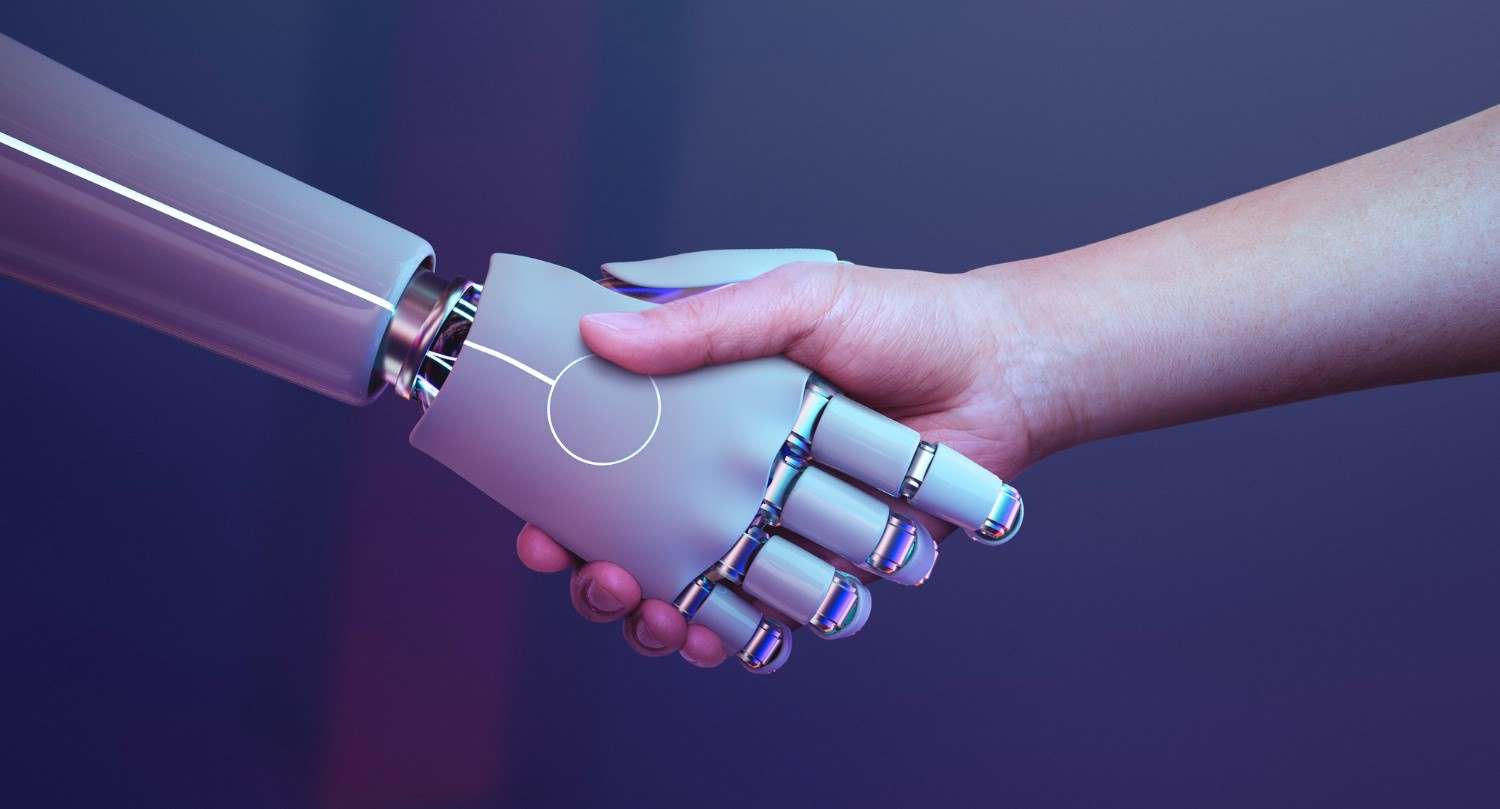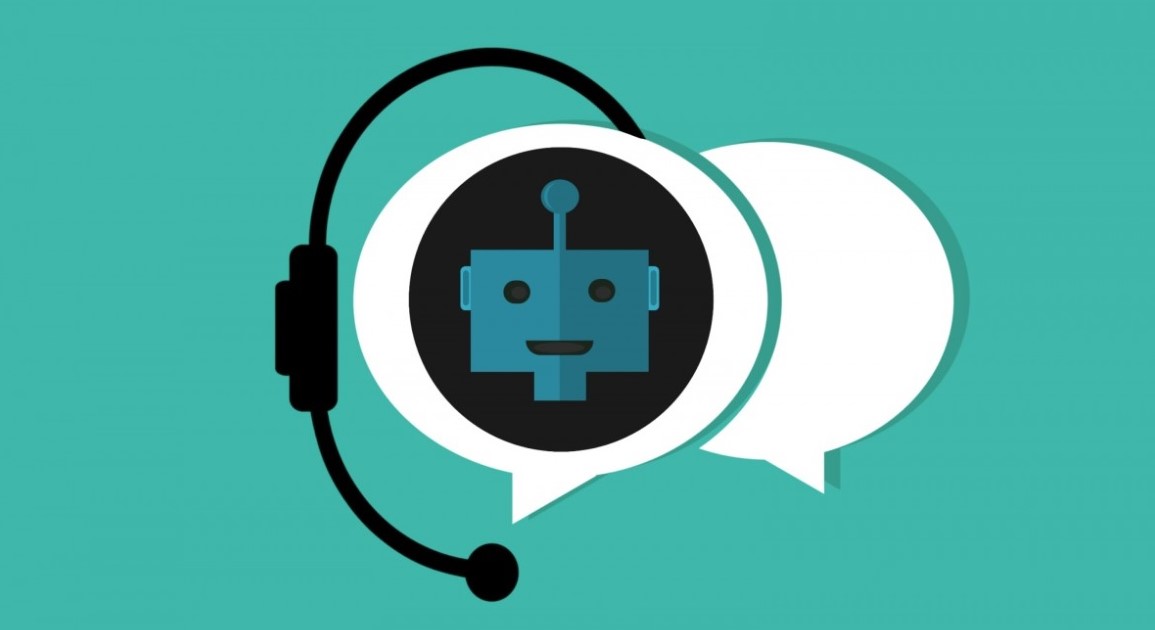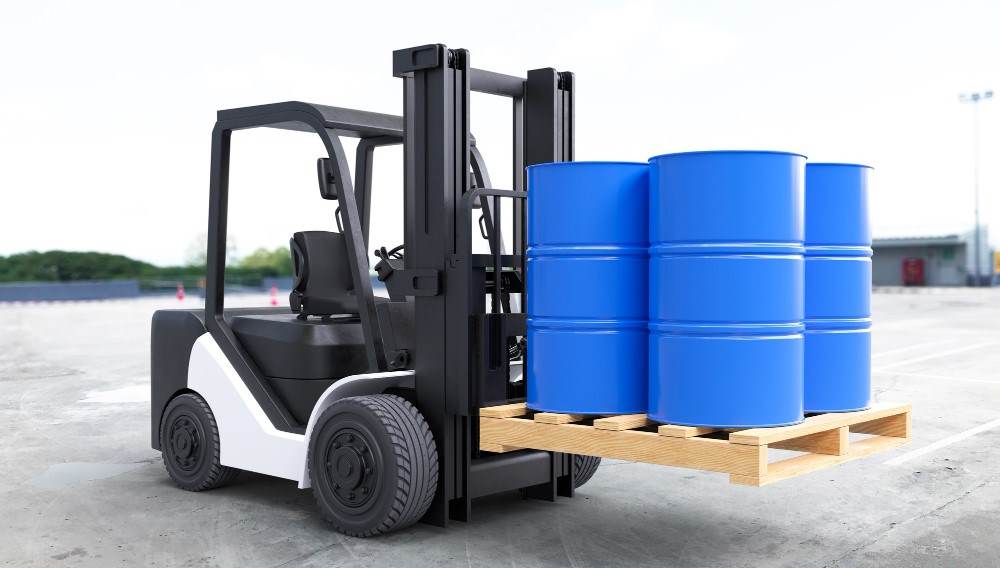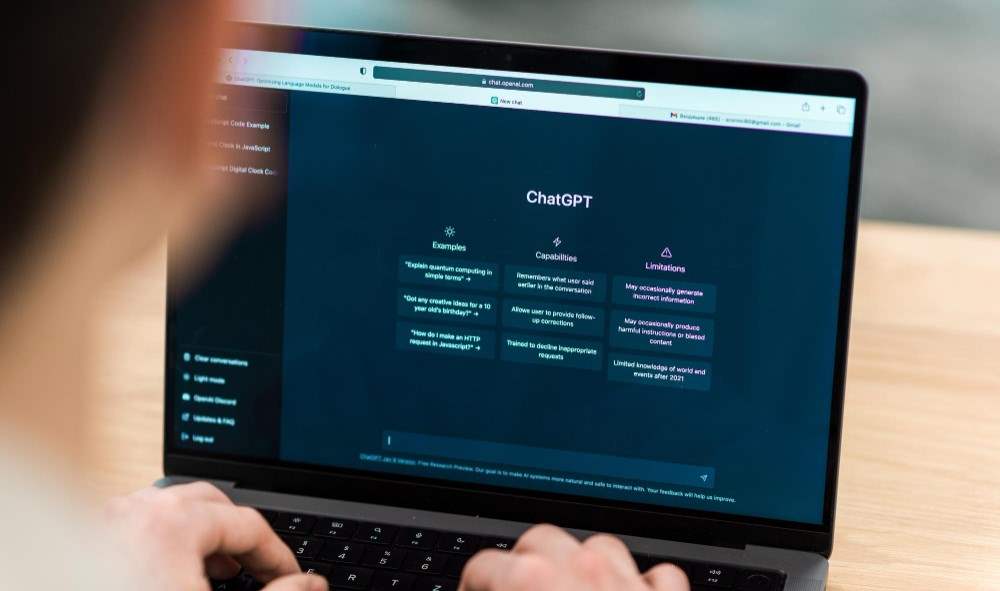-
How AI Can Assist Even the Smallest Chemical Company
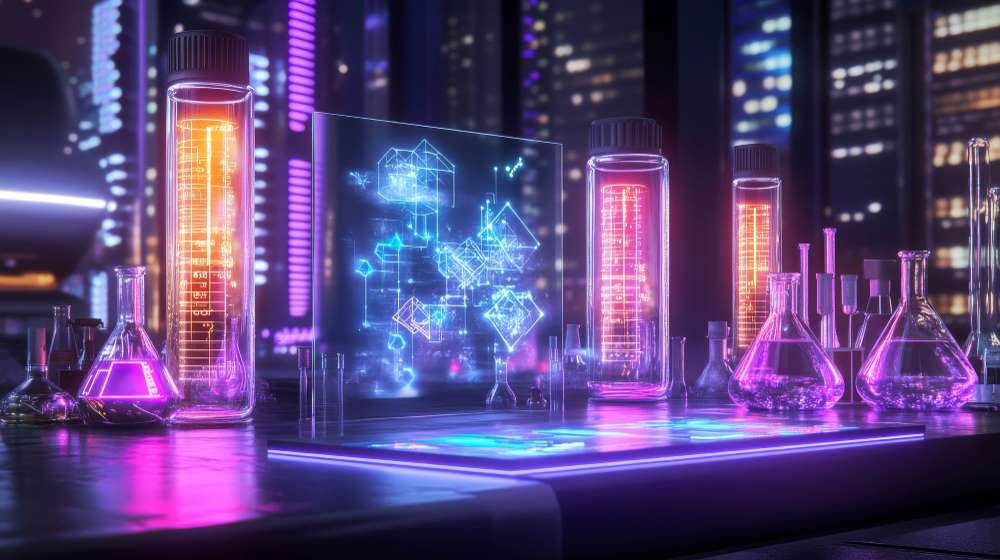 Continue Reading
Continue ReadingMuch has been written about the transformative power of AI for the chemical industry. But much of the discussion has been around the efficiencies being made at large chemical facilities—the energy savings, the streamlining of processes, procurement control,d more.
But what about smaller operations and chemical suppliers? How can these chemical businesses gain from AI?
This was a topic of discussion at the recent Global Chemical Regulations Conference held in Washington DC, this April.
The key takeaways from this were:
Image Recognition:
While many AI users are familiar with interacting through text or voice, one of the lesser-known features of modern AI is its image recognition capability. This technology allows AI systems to ‘see’ and interpret visual data—an asset particularly useful for smaller chemical companies with limited staff for quality control.
For example, image recognition can be used to automatically inspect packaging for errors, such as incorrect labelling or missing hazard symbols. It can also detect defects or damage in goods upon delivery, such as cracked containers, discolouration, or leaks, which may otherwise go unnoticed until it’s too late. All of which helps towards ensuring compliance with safety and regulatory standards.
As these systems can operate continuously and consistently, they reduce the risk of human error and allow employees to focus on more strategic tasks.
Chatbots:
With fewer staff in the sales team, smaller chemical companies can make significant savings by using AI as the first point of contact for answering client enquiries, suggesting products, or even handling some orders.
But more than just speed, generative AI chatbots can streamline communication between sales teams and technical departments, reducing delays and enhancing customer responsiveness.
“One of the most compelling use cases I’ve seen for GenAI in the chemical industry is in supporting sales,” noted Brendan Boyd, former R&D executive at a Fortune 500 chemical company. “Getting the right information quickly is crucial.”
Risk Assessment:
AI can analyse safety data to predict potential hazards and recommend improvements. However, the panel noted the importance of ensuring that the AI was using the correct data set.
“Garbage in equals garbage out,” said Fitch. “We’ve heard that saying a lot, and so it’s very important that we are using optimal data when we are training models, so that we are making sure to get the most valid and reliable results.”
Regulatory Compliance:
Wading through countless pages of regulations is a laborious, time-consuming task that many smaller chemical companies lack the workforce to manage. However, it is absolutely necessary if delays and problems are to be avoided further downstream.
Sifting through heaps of text and data is an ideal task for AI, as it can quickly check if procedures and products meet safety and environmental regulations. It can also confirm that labelling is adequate and check on what paperwork is required for export.
For example, one of the Global Chemical Regulations Conference panel members, Rebecca Morones, a senior product steward at BASF, explained how she often uses Microsoft Copilot to summarize EPA risk evaluations.
However, she also cautions that while the responses were a helpful outline, AI should not be trusted to perform in-depth analysis of information.
“You still have to read the documents,” she said. “But I feel like there’s also 200 pages it’s sifting through, which does at least help get you to kind of where you’re looking for and give you a great oversight.”
Beware of Hallucinations:
The panel was also quick to highlight the dangers of AI supplying incorrect information—a phenomenon commonly referred to as hallucinations. For example, when Morone’s colleagues asked AI to determine the density of a safety data sheet or the amount of a TSCA fee, the platform returned an inaccurate response.
“Anytime it comes to regulatory aspects, you should probably have them come to the regulatory experts,” she explained. “Don’t rely on what they’re seeing or what they’re doing.”
It may also happen that AI can return references that appear authentic but actually do not exist. For this reason, the panel suggested that any material created by an AI model should be independently reviewed by personnel to confirm its legitimacy.
“With that lesson, it’s really important that not only are we reviewing the things that are coming out of any AI model, but also that we’re verifying them,” added Seneca Fitch, a Director at the chemical business consultancy ToxStrategies. “Because something could certainly sound logical, it could certainly look real, and yet it’s not. It’s false information and that hallucination, that’s not rare.”
“So, if your businesses are using this,” cautioned Morones, “just make sure that they are aware of these hallucinations.”
One further way to confirm an AI response’s accuracy, was to ask the question many times, or even on different AI tools.
“If the question or the task might be repeated over and over again, you want to ensure that you’re getting similar performance for each iteration of the task,” noted the IS EPA’s Sean Watford.
Prompt Training:
The final point raised by the team was not so much an advantage to be gained, but advice on how to get the most out of AI. This is because, like any new tool, staff will benefit from proper training to gain the full benefit of what can be achieved.
“I think that the most practical advice is that it (AI) is a computer, and it uses logic,” said Fitch who recommended users adopt a computer-like way of thinking when prompting AI.
This was a view supported by Morones, who suggested keeping instructions simple. For example, she suggested imagining instructing a computer in how to make a sandwich. “It’s not going to understand, ‘Grab two slices of bread,’” explained Morones. “You have to be very specific for what you’re doing.”
While AI is often associated with large-scale industrial transformation, it’s clear that smaller chemical businesses have just as much to gain—if not more—from adopting these technologies. From streamlining customer interactions with chatbots to leveraging AI for compliance, safety checks, and even basic administrative tasks, the opportunities are both practical and powerful.
However, with great power comes great responsibility: proper training, data quality, and human oversight remain essential.
For small chemical operations looking to stay competitive, AI isn’t just a futuristic concept—it’s an accessible tool that, when used wisely, can deliver immediate and meaningful benefits.
Photo credit: Freepik, Pxhere, Superdupr, Frimufilms, Rawpixel, & User7602303
-
Cleaner, Greener, Safer, Cheaper: A Cooler Refrigerant to Replace HFCs
 Continue Reading
Continue ReadingA team of researchers have found a new material that acts as an effective coolant for refrigerators and air conditioners, yet is less toxic, more environmentally friendly, less flammable, and cheaper than current technology.
The results will make keeping food fresh and keeping rooms cool much safer, greener, cleaner, and cheaper.
Currently, most air conditioning systems or fridges use gases called hydrofluorocarbons (HFCs) or hydrocarbons (HCs) as a coolant. Not only are these gases toxic poisonous, but they can also cause fires. Additionally, if old fridges and AC units are not disposed of correctly (to capture the gases) then HFCs or HCs that are released into the atmosphere are highly damaging to the ozone layer and a major contributor to global warming.
“Refrigerators and air conditioners based on HFCs and HCs are also relatively inefficient,” says Dr Xavier Moya from the University of Cambridge, who led the study and is an expert in the field of solid coolants. “That’s important because refrigeration and air conditioning currently devour a fifth of the energy produced worldwide, and demand for cooling is only going up.”
Despite all the drawbacks, the current technology is relatively simple. As the journal Phys.org explains, “Conventional cooling technologies rely on the thermal changes that occur when a compressed fluid expands. Most cooling devices work by compressing and expanding fluids such as HFCs and HCs. As the fluid expands, it decreases in temperature, cooling its surroundings.”
For years, scientists have known about solid materials that could replace the potentially harmful HFCs and HCs, but as yet have been unable to make them as effective.
Now the breakthrough has been made using plastic crystals of neopentylglycol, as when placed under pressure these solids have been found to have excellent cooling properties. They operate well at room temperature, and are widely available in the manufacture of paints, lubricants, polyesters, and plasticisers. Crucially they are also cheap.
Using them as a coolant is relatively straightforward, as well as being more efficient than current techniques. This is a point highlighted on the Cambridge University website when it described how, “With solids, cooling is achieved by changing the material’s microscopic structure. This change can be achieved by applying a magnetic field, an electric field, or through mechanic force. For decades, these caloric effects have fallen behind the thermal changes available in fluids, but the discovery of colossal barocaloric effects in a plastic crystal of neopentylglycol (NPG) and other related organic compounds has now levelled the playfield.”
While the new material is referred to a plastic, the term only refers to the substance’s malleability, not its chemical contents. Plastic crystals lie at the border between solids and liquids.
NPG’s molecules are made up of hydrogen, carbon, and oxygen, and are nearly spherical, interacting with each other only weakly. As a result of these loose bonds, the molecules are able to rotate freely.
Compressing them yields large thermal changes as the molecules are forced to reconfigure themselves. The level of cooling achieved is comparable with that found in modern fridges with HFCs and HCs.
Dr Moya, together with his colleagues from the Universitat Politècnica de Catalunya and the Universitat de Barcelona, have now published the details of their discovery in the journal Nature Communications, where they state that, “Here we show that plastic crystals of neopentylglycol (CH3)2C(CH2OH)2 display extremely large pressure-driven thermal changes near room temperature due to molecular reconfiguration, that these changes outperform those observed in any type of caloric material, and that these changes are comparable with those exploited commercially in hydrofluorocarbons.”
The researchers are now working with Cambridge Enterprise, the commercialisation arm of the University of Cambridge, to try and bring the technology to market. While this will involve many challenges, the long list of advantages that the plastic crystals have over more traditional coolant materials will give the new business a good chance at success. Especially considering that the material is already widely available and inexpensive.
Beyond the profit, the breakthrough will also make analysis of novel refrigerants ‘cool’, drawing investment and study of the use of the colossal barocaloric effect in refrigeration systems.
As the researchers note, “Our discovery of colossal barocaloric effects in a plastic crystal should bring barocaloric materials to the forefront of research and development in order to achieve safe environmentally friendly cooling without compromising performance.”
Photo credit: freeimages
-
A Vision of New Marketplaces for the Chemical Industry
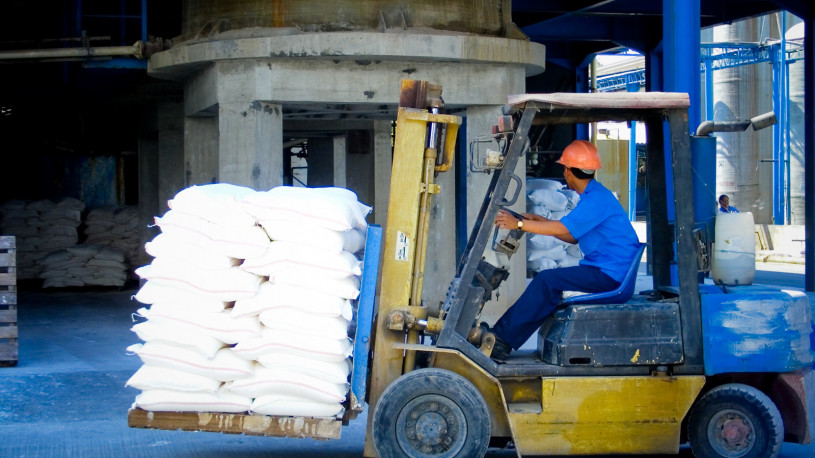 Continue Reading
Continue ReadingBefore chemical industry 4.0, before Amazon, before Windows 97, before even the Internet, industrial chemical suppliers picked up the phone, wrote a letter, and sent a fax to offer their chemical products to prospective clients.
Later, as the wild, wild west of the world wide web took hold as the third millennium began, chemical industry supply chainers switched from ‘bricks’ to ‘clicks’ to gain their chemical trades. And so was born a plethora a start ups; Elemica, Omnexus, Rubber Network, Ariba, Covisinit, Quadrem, and Chemplorer hoping to find a business model to conquer online chemical trading.
While most focused on an order-to-cash or procure-to-pay process, some could be considered original online chemical marketplaces. Some ideas were badly executed, others had the right idea at the wrong time; none truly succeeded.
E-business in 2019 has matured, allowing for a series of different solutions that has seen a slower, more cautious spread of online chemical marketplaces. Their differences stemming from their different starting points.
As Simon Hardy, a chemical industry consultant at Elemica, notes, “In today’s business economy we see Chemical Companies taking various approaches to generating marketplace revenue. From the industry itself you have solutions built by the Chemical industry, which are Chemondis, OneTwoChem and Covestro Select. There is also a group that has either come from chemical distribution or saw a gap in the market and created a company to address it. These include companies like GoBuyChem and Pinpools. Agnostic platforms such as Alibaba and Amazon are also growing share in this marketplace. Recently, we have also seen interest from eBay, which already has a very successful B2B Marketplace operating for the Aviation Industry.”
Despite the action of the larger players, there remains a long list of online chemical trading spaces created as start-ups; Buyersguidechem, Lookchem, and Globalchemmade; all striving to make their presence known. Which ones will survive will depend on three main factors:
- Functionality. The smoothest webpage with the widest product choice.
- Investor staying power. For how long will the backers of these companies be prepared to take losses (in the hope of becoming the next Alibaba) before they pull the plug?
- The entry into the market of another big player. As Hardy mentioned, Alibaba, Amazon, and eBay have already made tentative expansions into industrial chemical sales. But what if Bayer, DowDuPont, or INEOS made a sizeable investment. Their know-how, market influence, and bank balance could be a game-changer.
Hopefully, the chemical industry is wise enough to avoid the B2C style campaigns of click-bait marketing, but no one can be certain that the market will not head in that direction.
Whilst chemical procurement officers are typically of above average intelligence, we are all still human and prone to the same basic marketing tools that sell ice cream and toothpaste. Most likely, the chemical industry will get the online market it deserves.
Instead, we can only hope that online markets that are more customer-centric will find success.
As Hardy notes, “Today’s buyers want to order in a B2C way, where they know where their order is at all times and when and where and what time it will be delivered.”
Having information at the touch of a tablet is the true benefit that online chemical marketplaces can offer. And while it may seem far-fetched for an industry with such long lead times and complex logistics to reach this goal; time and money can achieve great things.
Because, if, within the next decade, only 10% of the chemical industry’s annual $5 trillion revenue flowed through online marketplaces it would create a $500 billion sub-sector. Money like that could make a pretty smooth website and order tracker.
Photo credit: Freeimages

